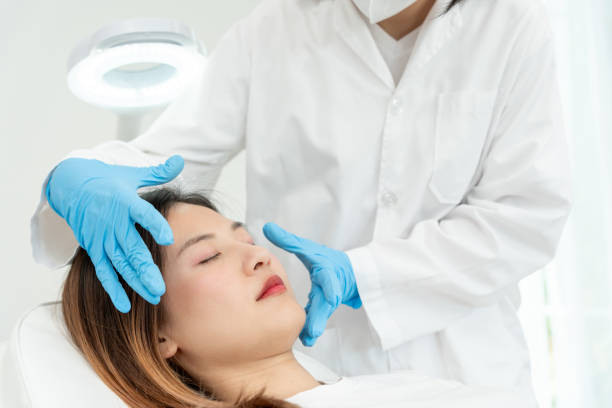Body contouring, which includes procedures like liposuction, tummy tucks, and non-surgical treatments such as CoolSculpting, is generally considered safe when performed by qualified professionals. However, like any medical procedure, it carries some risks. Here are some factors to consider:
- Professional Expertise: Choose a board-certified plastic surgeon or dermatologist with extensive experience in body contouring. Their expertise reduces the likelihood of complications.
- Procedure Type: The safety can vary depending on whether the procedure is surgical or non-surgical. Surgical methods like liposuction have more risks compared to non-surgical methods like CoolSculpting.
- Health Status: Your overall health and any pre-existing conditions can impact the safety of body contouring. It’s important to discuss your medical history with your provider.
- Aftercare: Proper aftercare is crucial for minimizing risks and ensuring a smooth recovery. Follow your provider’s instructions carefully.
- Potential Risks: Risks can include infection, scarring, uneven results, and in rare cases, serious complications. Non-surgical methods may have side effects like temporary bruising or numbness.
If you’re considering body contouring, consult with a qualified professional who can assess your individual situation and provide tailored advice.

What is the science behind body contouring?
Body contouring involves various techniques designed to reshape and improve the body’s appearance by targeting fat cells or skin. The science behind it varies depending on the specific method used. Here’s a brief overview of some common body contouring techniques and their underlying principles:
1. Liposuction:
- Principle: Liposuction removes fat cells from specific areas of the body using a suction technique. A cannula (a thin tube) is inserted through small incisions to suction out the fat.
- Mechanism: Fat is physically removed from the body, and the remaining fat cells are redistributed to create a smoother contour.
2. Tummy Tuck (Abdominoplasty):
- Principle: A tummy tuck involves removing excess skin and fat from the abdominal area and tightening the abdominal muscles.
- Mechanism: This procedure not only removes unwanted fat but also addresses loose skin and weak muscles, leading to a flatter and firmer abdomen.
3. CoolSculpting (Cryolipolysis):
- Principle: CoolSculpting freezes and destroys fat cells using controlled cooling.
- Mechanism: Fat cells are more susceptible to cold temperatures than surrounding tissues. When exposed to cold, fat cells crystallize and undergo apoptosis (cell death). The body then gradually metabolizes and eliminates these dead fat cells over time.
4. Radiofrequency (RF) and Ultrasound:
- Principle: These non-surgical techniques use energy to heat fat cells or tissues, which stimulates collagen production and tightens the skin.
- Mechanism: Radiofrequency or ultrasound energy heats the deeper layers of the skin, causing fat cells to shrink and collagen fibers to tighten. This can result in smoother and tighter skin.
5. Laser Lipolysis:
- Principle: Laser lipolysis uses laser energy to target and liquefy fat cells.
- Mechanism: A laser fiber is inserted into the fat layer through a small incision. The laser energy breaks down the fat cells, which are then removed or naturally eliminated by the body.
Each technique has its own specific mechanism, but they generally aim to reduce fat and improve body contours. The choice of method depends on individual goals, the area being treated, and the overall health of the patient.
